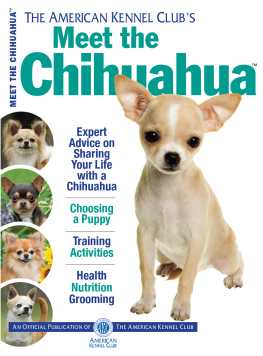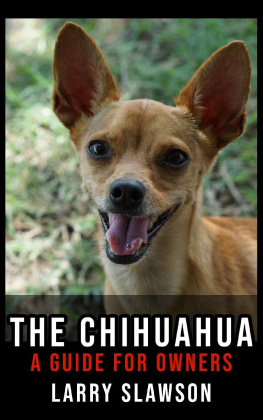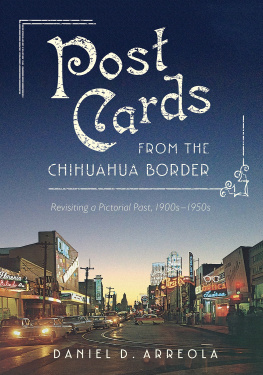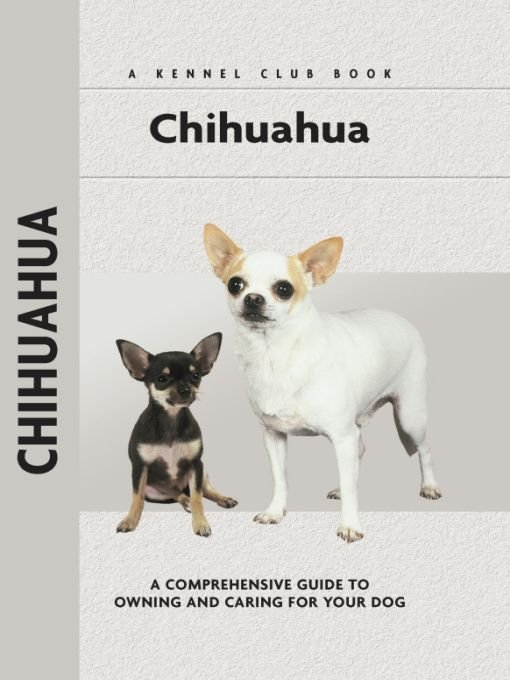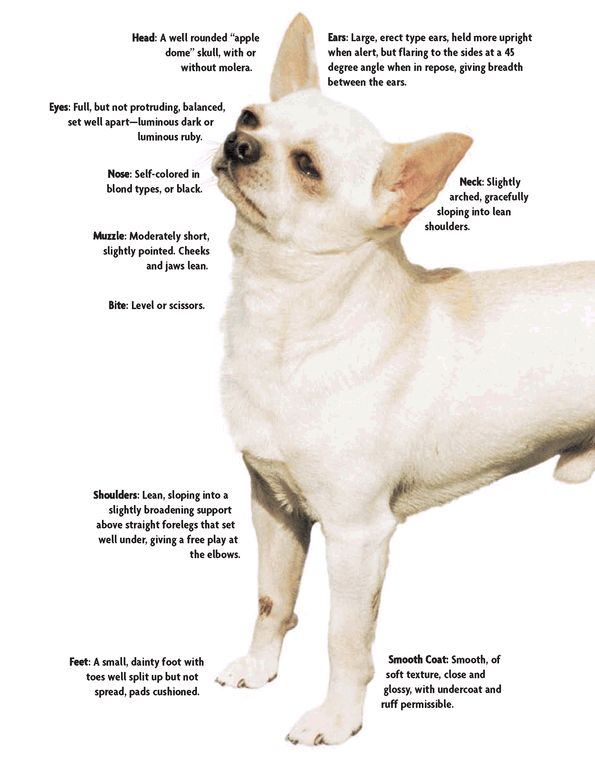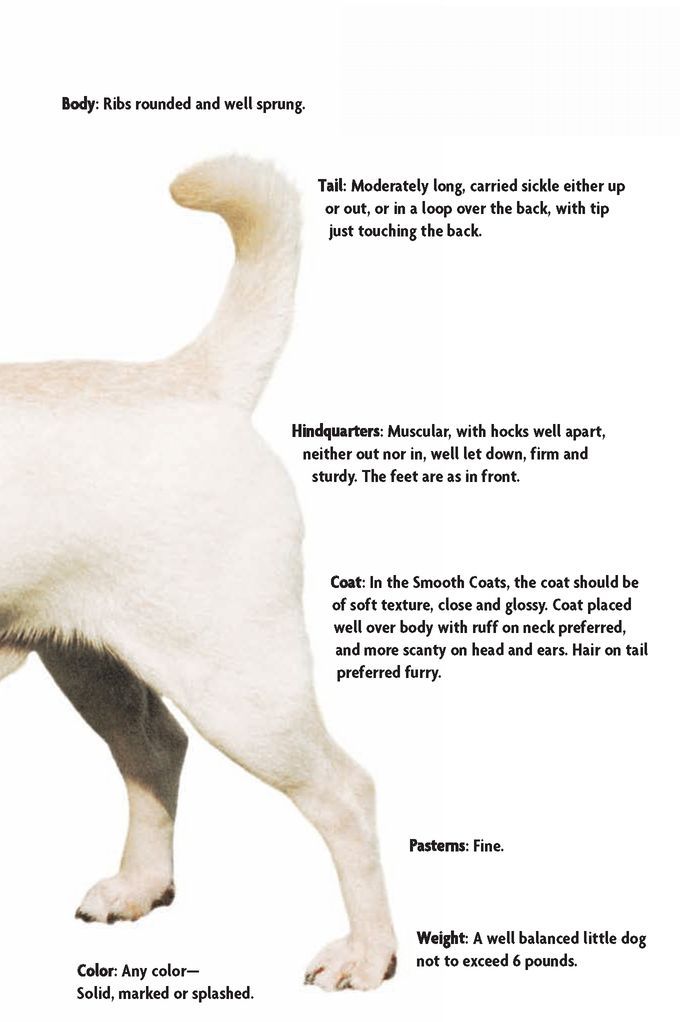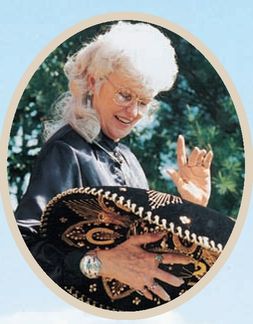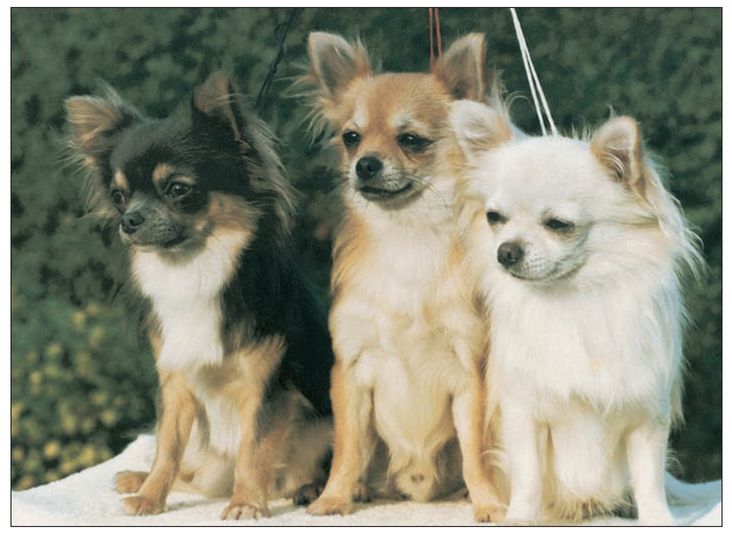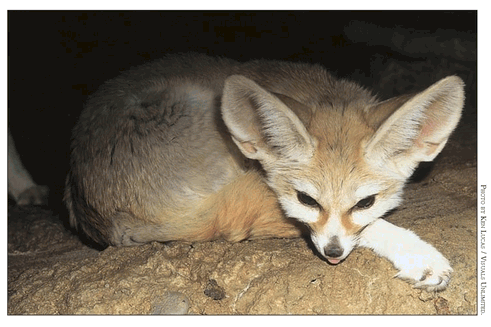Table of Contents
Physical Characteristics of the Chihuahua
(from the American Kennel Club breed standard)
DEDICATION
This work is dedicated to Bill
Andrews and Dan Greenwald,
without whom this volume
would not have been possible.
They are Best Friends, as
generous and supportive as the
little dog in my sombrero. There
can be no greater compliment!
BARBARA J. ANDREWS
HISTORY OF YOUR
CHIHUAHUA
It is as difficult to imagine an evolutionary relationship between the Chihuahua and the St. Bernard as it is to accept that the Grizzly bear of North America is also of the same family.
Even stranger, the Chihuahua can be as diminutive as the smallest member of its family tree. The fennec averages only 3 lbs. Unable to agree on species classification because of features that do not conform to the fox, scientists finally assigned it a separate genus, Fennecus zerda. The fennec has extraordinarily large ears and big round baby eyes. Naturalists theorize that the incredibly oversized ears serve as shade during the rare times that the nocturnal fennec is exposed to sunlight. More importantly, heavy dew produced by cold offshore currents would collect on the backs of the ears, which may explain how the tiny creature can survive indefinitely far from any known source of water.
The Longcoat Chihuahua has become twice as popular as the Smoothcoat. These three Longs represent three generations of well-bred Chihuahuas.
The fennec fox,Fennecus zerda, a desert animal quickly becoming extinct, may be linked to ancestors of the Chihuahua even though it comes from North African desert lands.
While there may not be an evolutionary connection between the two tiny desert-dwellers, there are surprising similarities between the Chihuahua and the fennec fox. With his huge eyes and ears, the tiny Chihuahua is every bit as appealing as the endangered fennec fox, which sadly is now on Appendix Two of the CITES list. As the origin of the Chihuahua remains a much-debated mystery, it may be fun to hold in your mind these fascinating similarities.
Fennecus zerda has long, thin, well-furred and somewhat flat feet that enable it to scoot about on top of the shifting sands. So did the early Chihuahua. The fennec is native to the desert zone from southern Morocco to Egypt and the Sudan. Many breed experts believe that this is exactly where the Chihuahuas ancestors originated. The little dogs are noted for not only recognizing but also needing other Chihuahuas. Totally unlike other foxes, the fennec chooses to live in groups of eight to ten.
The Chihuahua prefers a varied diet. Given the opportunity, he seeks precisely the same food as does the fennec: vegetation, (very!) small rodents, lizards and insects. Ask any Chihuahua owner about the breeds irresistible, irrepressible urge to chase and eat bugs! Like the Chihuahua, the little fox has weak dentition, a very rare condition in a wild species, yet unfortunately a common one in small dogs.
Who knows what may have occurred a thousand years ago? We do know that in the 1980s, the fennec was successfully crossed with a domestic dog breed. Need you ask which one? Such matings continue in California where, coincidentally, in the 1970s, the Asian leopard cat was mated to domestic cats. A medical researcher from the University of California discovered that the leopard cat is immune to leukemia but he was unable to handle or breed the small leopard for research purposes. Working with cat breeder Jean Mill, they achieved the allegedly impossible feat of combining the different number of chromosomes and overcoming other species incompatibilities. The spectacularly spotted result is the Bengal, a popular show cat and house kitty!
The Chinese Crested has been linked to the Chihuahua as one of its possible naked ancestors. This toy breed is the most popular hairless dog in the world.
So come, lets have a look at some of the theories, legends and facts that contribute to the appeal of the worlds smallest member of Canis familiaris.
Some breed historians believe that the ancestor of the Chihuahua was a hairless dog that came from Asia, across Russia, through the Bering Straits and into what is now Alaska. Hairless dogs existed in China, Africa and Turkey, and another theory has it that the Chinese Crested was Americanized as early as the seventh century BC when Chinese vessels reached Central and North American shores. Perhaps, but common sense makes one wonder if the Chinese had brought dogs with them, why would they give space and food to small, delicate, hairless pets rather than to the fat, hardy Chow Chows that could have fed the crews during a very long voyage? And what would they have had to sail in order to bring enough dogs to have influenced the genetic base in America? A doggy Noahs Ark?
Other researchers point to ancient hairless dogs that existed in Mexico and Central and South America. Evidence suggests that they were always domesticated; well, at least since they became hairless! Folklore surrounding the Xoloitzcuintli has become confusingly interwoven with that of the Chihuahua, but the smallest size Xolo recognized by the Federacon Canofila Mexicana and the Fdration Cynologique Internationale is twice the size of the largest Chihuahua! Only in America, where it is not recognized by the American Kennel Club, is a toy-sized Xolo described in a breed standard.
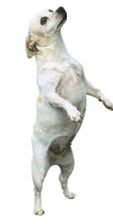
SMART LAP-WARMER
Since dogs have been inbred for centuries, their physical and mental characteristics are constantly being changed to suit mans desires for hunting, retrieving, scenting, guarding and warming their masters laps. During the past 150 years, dogs have been judged according to physical characteristics as well as functional abilities. Few breeds can boast a genuine balance between physique, working ability and temperament.
If we continue this circular logic, then why not suppose that the Peruvian and Mexican hairless dogs influenced the Chinese dogs and not the other way around? Small hairless dogs, some with a top knot of hair, are depicted in ancient Mayan figurines. Perhaps captains of Chinese vessels were fascinated by the hairless dogs of South America, where they first made port, or, subsequently, the tiny ones discovered in Mexico. Why would they not have taken a few back to China and other parts of the world? One-way traffic makes little sense and, as you shall see, there is evidence to the contrary.








